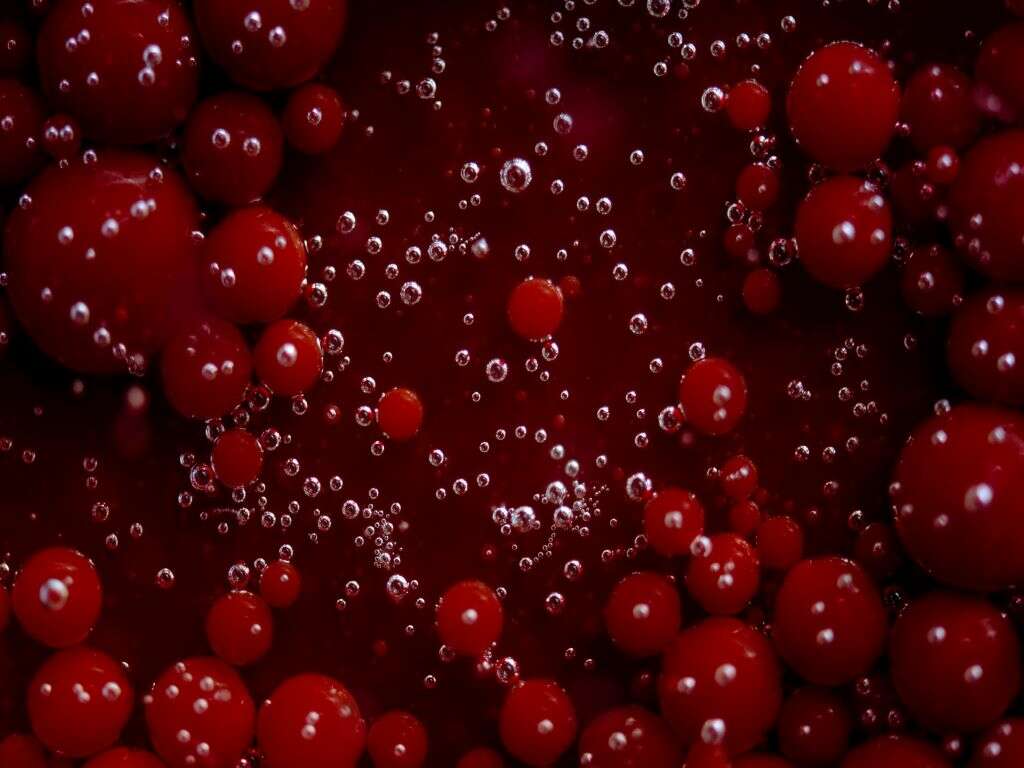What Is Atherosclerotic Cardiovascular Disease?
Arteries are organic tubes that help to transport oxygen and molecules around the body in our blood. It is important that these tubes remain in good condition to help ensure that the blood can flow through them, and there are no leaks. For the most part, our bodies will keep these tubes well maintained.
Wear and tear can cause damage to these tubes that cannot be repaired with simple maintenance. In some cases, particles can begin to accumulate on the inside of these tubes, and this can cause problems. One such problem is atherosclerotic cardiovascular disease. It is potentially serious but can also be treated in most cases.

1. Atherosclerotic Cardiovascular Disease
Our arteries are the blood vessels that carry our blood away from our hearts. They come in varying sizes, and the walls of the arteries are strong but flexible. This flexibility helps to adjust to blood pressure, and also helps with regulating blood pressure. It is important that the walls of our arteries remain in good shape.
Atherosclerotic cardiovascular disease is also known as arteriosclerosis. It is a condition where the walls of your arteries become stiffer and thicker than usual. This can result in them becoming narrower internally, meaning that there is less space for blood to flow through.
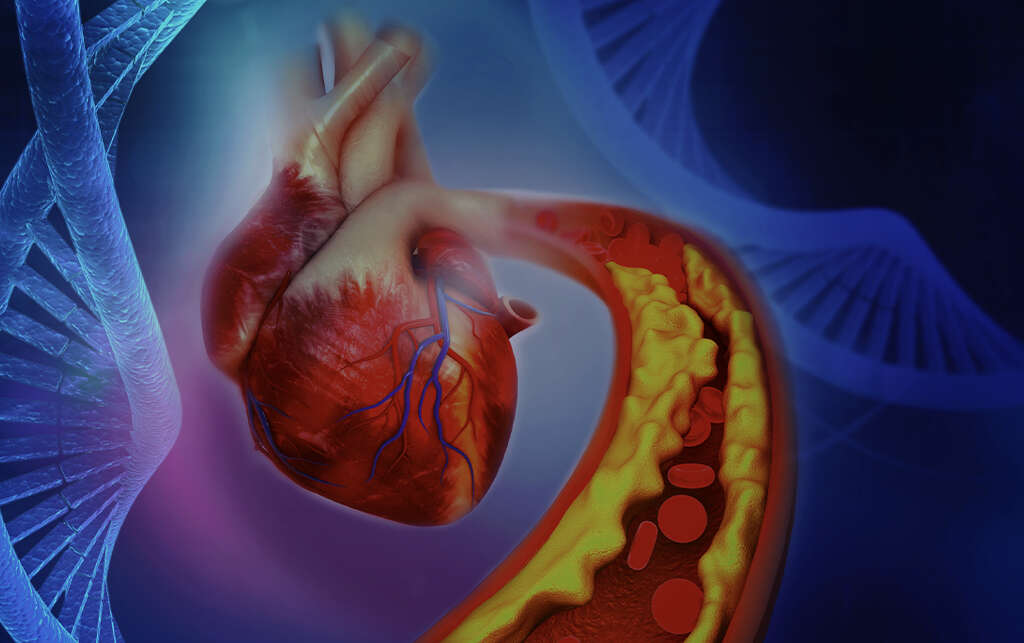
2. Causes
Atherosclerosis is a disease that progresses slowly over time. It is not known exactly why it starts, but it is thought that it might begin with damage to the artery walls. There are various possible causes of this damage, including high cholesterol, smoking, diabetes, inflammation from other diseases, and a high blood pressure.
Blood cells and other materials can then begin to accumulate at the sight of the damage. Fatty deposits can also begin to accumulate, forming what is known as plaque on the walls. This build up of materials causes the artery cells to become thicker and harder, while also reducing the space inside the artery.

3. Symptoms
People with atherosclerosis usually won’t show any symptoms until the arteries become so narrow that the flow of blood is restricted. This means that the condition can get gradually worse without the patient being aware.
Sometimes, a serious incident like a heart attack will be the first sign the patient has that they have the disease.
Depending on which arteries are affected, the patient can feel angina, which is pain in the heart. Other symptoms can include pain in the legs or arms, while it can also sometimes cause the patient to become confused more easily than usual. The patient will also sometimes be out of breath and fatigued, while their legs will sometimes feel weak.
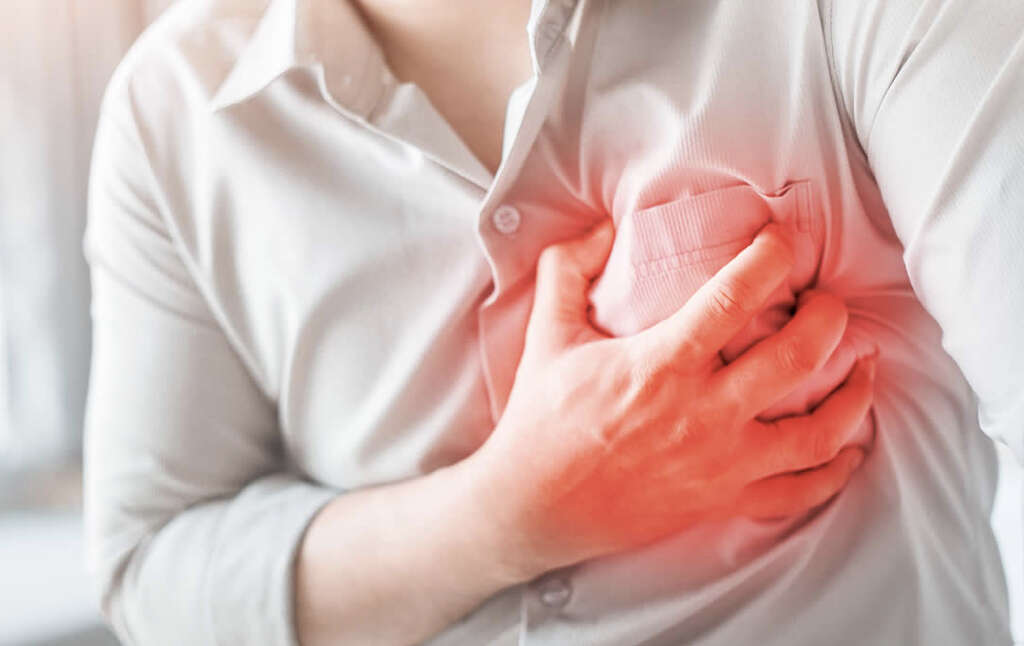
4. Coronary Artery Disease
Atherosclerotic Cardiovascular Disease can affect different arteries in your body, including the coronary artery. This is the artery that supplies the heart’s muscle with blood, and atherosclerosis here can affect the heart’s ability to pump, and result in a heart attack. The disease can also affect the carotid artery.
The carotid artery ensures the brain gets plenty of fresh blood and, if something was to go wrong here, the patient may suffer from a stroke. Another variety of the disease is peripheral artery disease. This happens when the arteries feeding the arms and legs become narrower. This can result in dangerous conditions like gangrene.
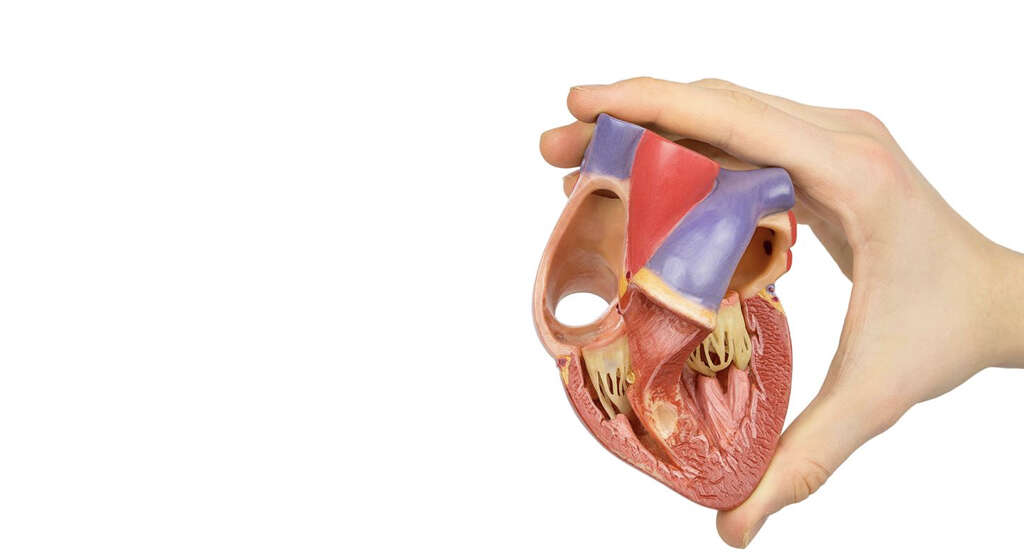
5. Chronic Kidney Disease
Our kidneys also need a constant supply of fresh blood to help keep them fully functioning. Depending on where in the body Atherosclerosis, the flow of blood to the organs can be affected. This will, in turn, mean that the kidneys begin to lose their ability to filter toxins from the blood.
Chronic kidney disease means it is a long term condition, and also develops gradually. As it does develop, however, the levels of toxins in the blood can begin to accumulate. It can also lead to kidney failure, which can pose a very real threat to the patient’s life.

6. Aneurysms
Aneurysms are another potential problem of atherosclerosis. The condition happens when an artery is weakened and/or the pressure inside is too high. This can cause a weak spot in the blood vessel to bulge outwards under the force of the blood flowing inside.
Many patients with an aneurysm will experience no symptoms. However, the aneurysm might be noticeable visually if it is close to the surface of the skin. Aneurysms are potentially very dangerous because they can rupture, and this can cause severe internal bleeding. If there is pain and a throbbing sensation in the area of a known aneurysm, it should be treated as a medical emergency.
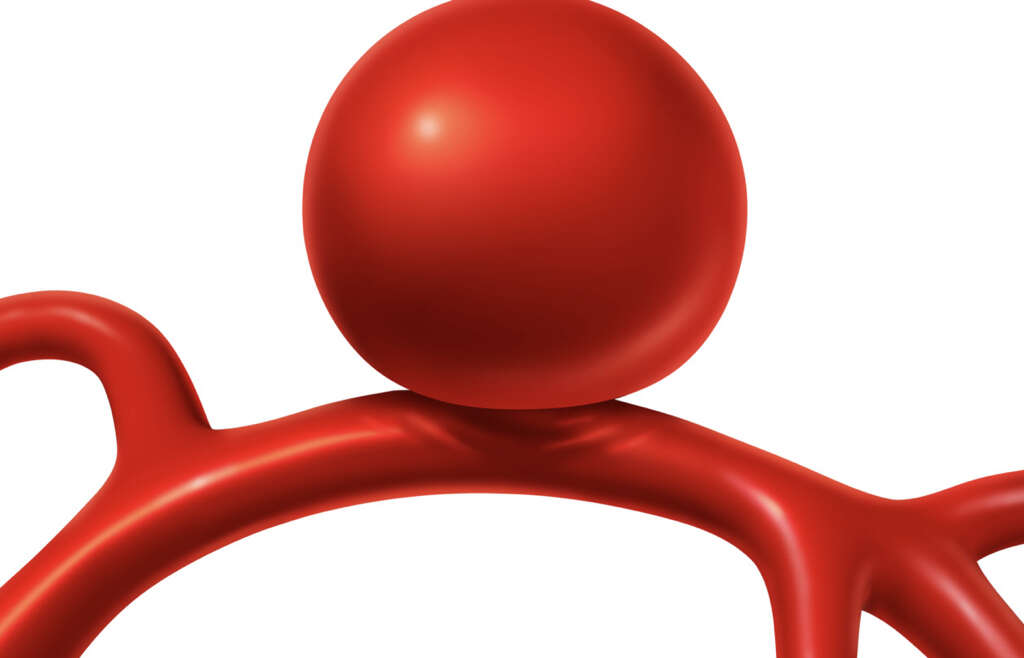
7. Who’s At Risk
Nobody is completely safe from atherosclerotic cardiovascular disease, but there are some people who are more likely to develop the condition than others are. Those include people who don’t eat a healthy diet, people who don’t get sufficient exercise, and people who are obese.
Other factors include people with medical reasons for having high cholesterol and a high blood pressure. People with diabetes are also at higher risk, and people that smoke are also more likely to develop the condition. Atherosclerotic cardiovascular disease is also more likely to develop in people when there is a history of the condition in their family.

8. Prevention
Everybody can make decisions that will help to decrease the risks of them developing atherosclerotic cardiovascular disease. The same decisions can also help to keep them safe from a wide range of other diseases. These decisions basically revolve around living a healthy lifestyle overall.
One way to help prevent atherosclerotic cardiovascular disease is to eat a healthy, balanced diet. This typically means lots of fresh fruit and veg and avoiding processed foods. Exercising regularly can also help to keep people in good health, as can helping to keep your weight at a healthy level. Smokers should also consider quitting the habit.

9. Diagnosis
If atherosclerotic cardiovascular disease is suspected, then there are several methods that can be used to help reach a confirmed diagnosis. A doctor will be able to look for some of these signs during a brief physical exam. Blood samples can also be taken to look for signs of the condition.
The patient may also be asked to perform an exercise test so the cardiovascular system can be monitored when it is working hard. Other equipment like a Doppler ultrasound can also be used to help measure the flow of blood through the body. Imaging tests may also be performed to help identify any blockages in the body.
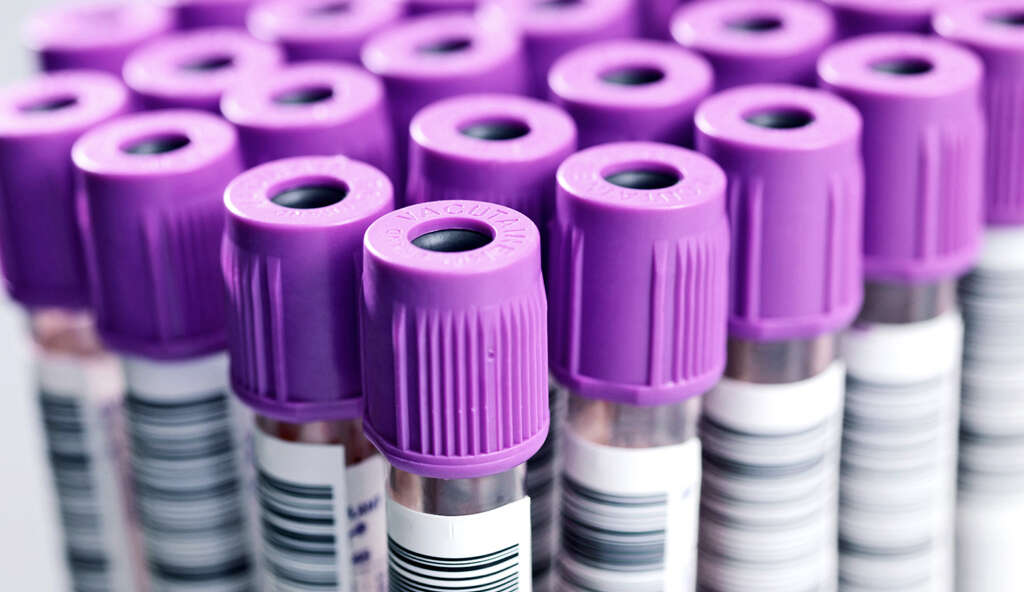
10. Treatment
Depending on the nature of the condition, the patient may be prescribed medication. This will tend to involve medications that help to reduce cholesterol levels and prevent blood clots. Medication that lowers blood pressure may also be prescribed, while some drugs might be used that will help to dissolve any blood clots.
Making healthy lifestyle choices is another way to help prevent the condition getting worse. This generally means eating well, getting plenty of exercise, and not smoking. In some cases, surgery might be deemed necessary. This includes techniques that can help keep blood vessels open, remove fatty build ups, or bypass affected arteries.









